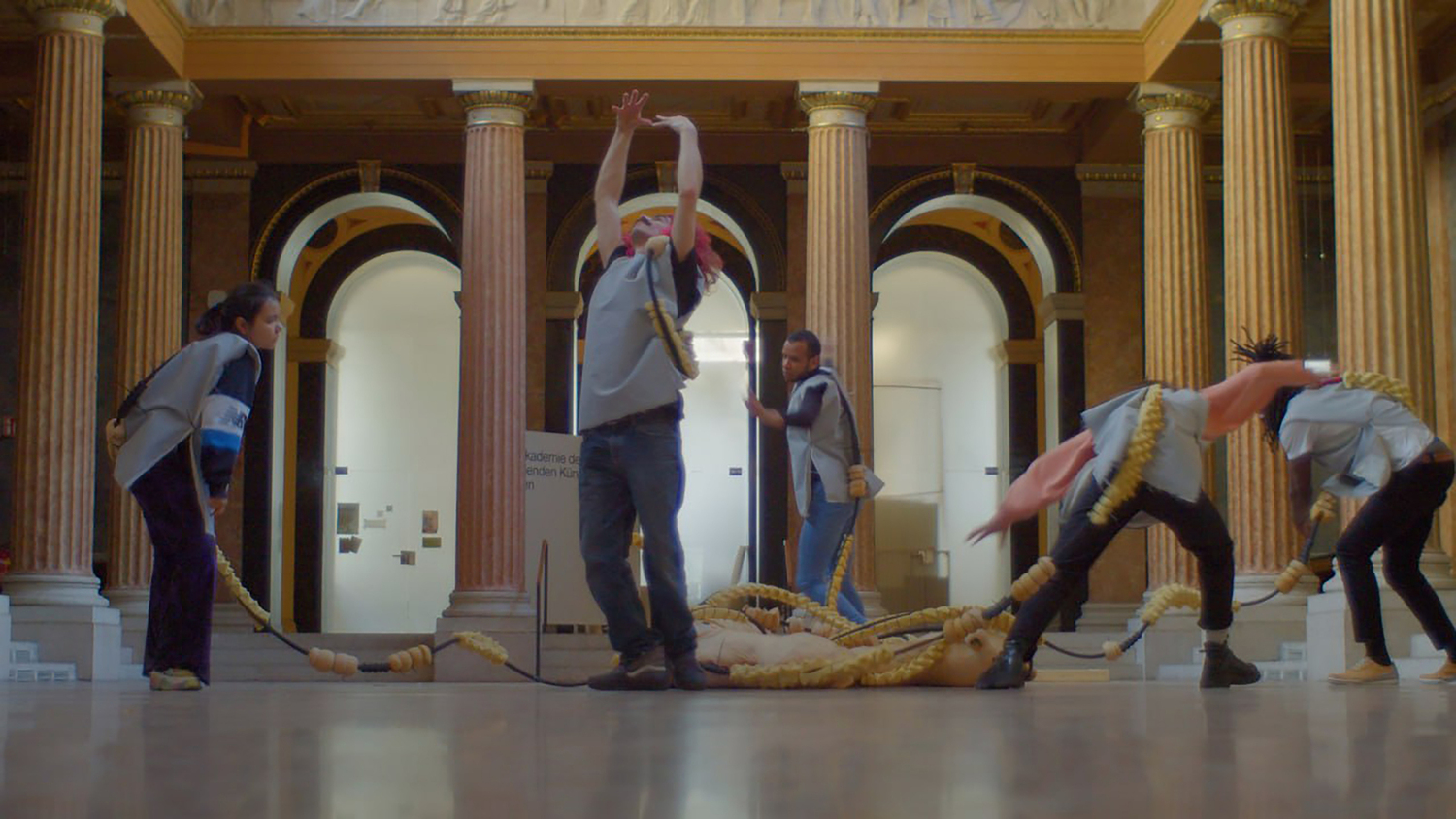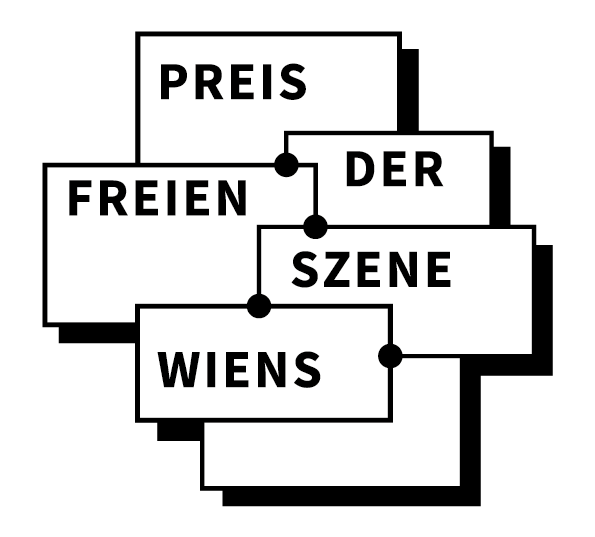Weaving spinal voids is an installation and movement of bodies that represent the collateral tide of concessions, desires and approximations that strengthen a broader concept of belongingness. As trans-urban clashes often reveal a need for adaptation or repatch of one’s identity. Dynamics of care and mutualism become vital tools for a migrant passage in the capital of Austria. Reflecting on a drift practice as Francesco Carerri proposes to use the walk as aesthetic practice and a form of civic art. Way to explore the neglected zones of urban peripheries, or intersectional voids of urban archipelagos. To draw new paths among this fragmented territory. Made from islands of densities, interruptions, wastelands and voids. To recognize the value of these underflying zones. And encourage a more inclusive experience of the city.
Walking through the city of Vienna, the artist collected found objects whose textures resembled the molds of muscles, joints and bones of a human spine. In a performative context, the prosthetic spines, linked through a textile organ, unfold an embodiment of collectivity. The wearable sculpture appears as a connecting tissue between dancers while they perform. The performance is a sequence of metaphorical acts that frame the embodiment of vulnerability as a strength. Luiza Furtado creates a temporary fictional environment in which the performers lead the audience in order to expose a collective stitching of allegorical wounds.
Weaving spinal voids

Realisierungszeitraum
Medien
Votingsystem wird geladen…
Einreichende Person / Gruppe
Luiza Furtado
Links

